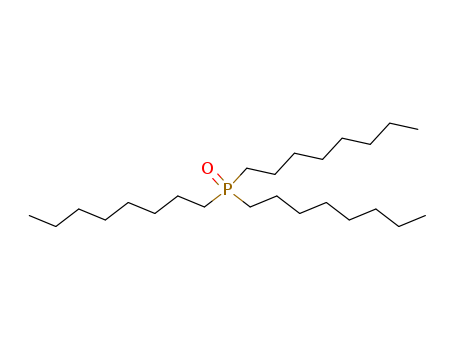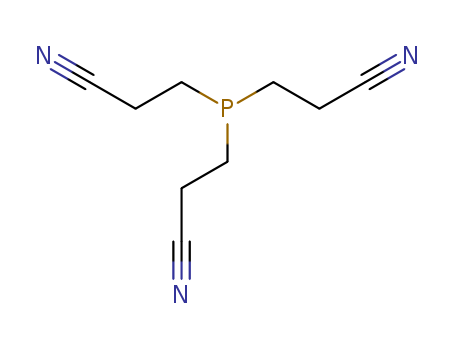- Product Details
Keywords
- Tris(3-hydroxypropyl)phosphine
- cas: 4706-17-6
- THPP
Quick Details
- ProName: Tris(3-hydroxypropyl)phosphine
- CasNo: 4706-17-6
- Molecular Formula: C9H21O3P
- Appearance: viscous liquid
- Application: THPP(cas:4706-17-6) and TCEP are used ...
- DeliveryTime: within 10 business days after confirma...
- PackAge: bottle, drum or as buyers' request
- Port: Tianjin
- ProductionCapacity: 1000 Gram/Day
- Purity: 36%min-80%min
- Storage: hermetically sealed & avoid heat, mois...
- Transportation: by sea
- LimitNum: 10 Milliliter
- Grade: Industrial Grade,Pharma Grade
Superiority
Our product is with high purity, competitive price and prompt delivery, there is large quantity of stock of THPP, which enables shipment can be prompt.
Tris(3‐hydroxypropyl)phosphine (TPP or THPP) and Tris(2‐carboxyethyl)phosphine, hydrochloride are, water soluble and used as neutral sulfhydryl reducing agents. They have a greater reducing capacity than dithiothreitol (DTT). In addition, THPP and TCEP are suitable for use in immobilized metal affinity chromatography because they do not reduce the metals involved.
THPP and TCEP are used to break disulfide bonds within and between proteins in a wide range of biological applications, such as protein cleavage and/or precipitation for molecular diagnostics, and gene chips and microarrays. In fact, THPP and TCEP are both found in numerous enzyme kits for biological processing, such as protein extraction, specific amino acid sequence cleavage (Ref 3), and protein in‐gel tryptic digestion.
Details
Our THP(cas:4706-17-6) is with high purity, competitive price prompt delivery.
Tris(3‐hydroxypropyl)phosphine (TPP or THPP) and Tris(2‐carboxyethyl)phosphine, hydrochloride are, water soluble and used as neutral sulfhydryl reducing agents. They have a greater reducing capacity than dithiothreitol (DTT). In addition, THPP and TCEP are suitable for use in immobilized metal affinity chromatography because they do not reduce the metals involved.
THPP and TCEP are used to break disulfide bonds within and between proteins in a wide range of biological applications, such as protein cleavage and/or precipitation for molecular diagnostics, and gene chips and microarrays. In fact, THPP and TCEP are both found in numerous enzyme kits for biological processing, such as protein extraction, specific amino acid sequence cleavage (Ref 3), and protein in-gel tryptic digestion.
THPP is also useful for the removal of protecting groups from S-protected cysteins, the deoxygenation of sulfoxides, N‐oxides, and other sulfur and nitrogen compounds. It is also a reagent for peptide synthesis, particularly in Mitsunobu and Staudinger reactions.









